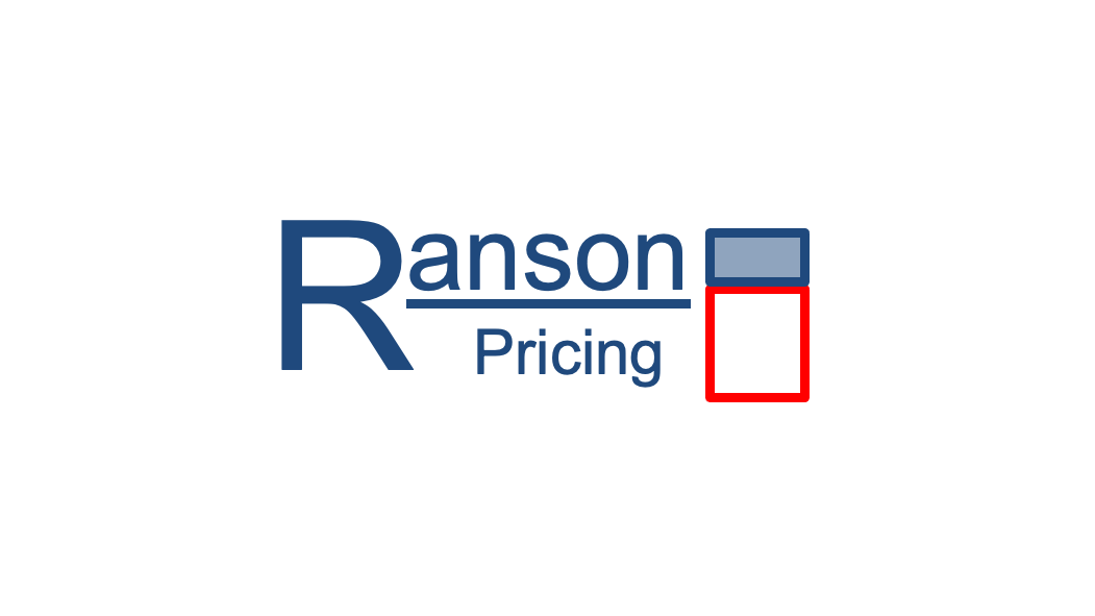Nothing beats turning left when you board a longhaul flight. That way lies the plush seats and frills of first class. Meanwhile passengers turning right head towards business class, premium economy and coach. The number of rows they see is the result of decisions their airline took when planning their fleet, decisions which are expensive to get wrong as…
Keep reading with a 7-day free trial
Subscribe to Airline Revenue Economics to keep reading this post and get 7 days of free access to the full post archives.



